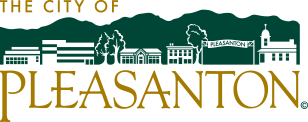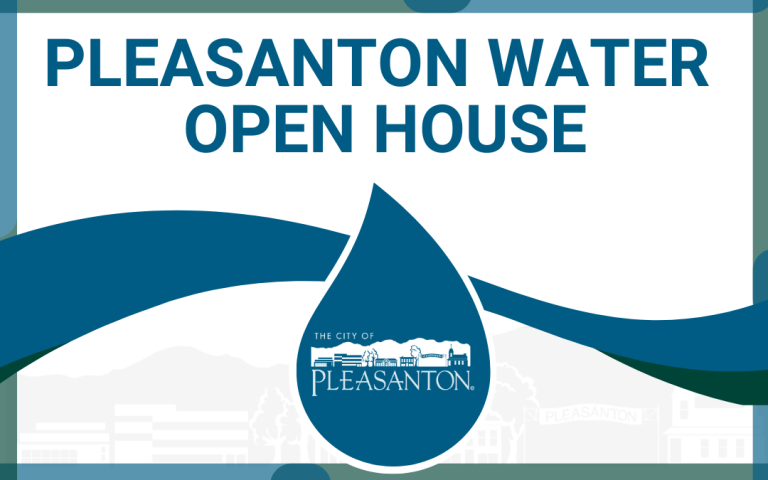Pleasanton Water
Pleasanton Water is committed to providing safe, high-quality, and reliable water service to our community today and well into the future. We ensure a sustainable water future for residents and businesses through strategic investments, proactive planning, and responsible financial management.
Pleasanton’s Public Works Department oversees the operation and maintenance of the water distribution and sewer systems.
Explore this site to learn more about our water service, billing, water rebate programs, ongoing infrastructure projects, and how we collaborate to conserve and protect Pleasanton’s water resources.
Latest Updates
Pleasanton Water by the Numbers
Pleasanton Pipeline e-Newsletter
Sign up to receive Pleasanton Water’s special edition e-newsletter series for regular updates about upcoming water projects, services, and initiatives offered by the City.
Resident Feedback
Our team is committed to providing exceptional customer service. If you have a general question or concern about your water or sewer services, please complete the City’s Resident Feedback Form, and we will respond as soon as possible.
If you have immediate questions or need to talk to someone about your water bill, please contact our Customer service center at (925) 931-5500.





